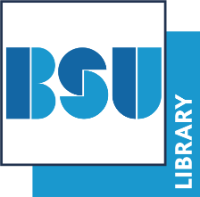Dickinson, J (2011) Infinite Process From Finite Form. In: Seeing Sound: Practice-led Research Symposium, 29-30 October 2011, Bath Spa University, Bath, UK.
Abstract
Much of Paul Klee’s experimental oeuvre is concerned with his ideal of creating dynamic movement in the fixed medium of painting. From 1921 to 1931 Klee taught at the Bauhaus and was exposed to the pioneering techniques of abstract film making, but unlike some of his contemporaries, like Hans Richter, Klee resisted the draw of this new technology and chose to restrict/limit his medium to the spatial form of painting. Klee turned to his beloved music to find structural solutions to the temporal problems he would encounter and these experiments led to his ‘Polyphonic Painting’ style, of which he declared: Polyphonic painting is superior to music in that, here, the time element becomes a spatial element. The notion of simultaneity stands out even more richly (Diaries, 1081) This paper seeks to explore the paradoxical link between finite form and infinite process in Klee’s work. It will seek to highlight the wider implication of Klee’s work for inter-disciplinary composition today. It will reference specific musical ‘readings’ of Klee paintings from my own practice, alongside examples taken from the musical archive at The Paul Klee
| Item Type: | Conference or Workshop Item (Paper) |
|---|---|
| Divisions: | Bath School of Music and Performing Arts |
| Date Deposited: | 05 Mar 2013 10:32 |
| Last Modified: | 15 Aug 2021 09:33 |
| URN: | https://researchspace.bathspa.ac.uk/id/eprint/875 |
 |
Request a change to this item or report an issue |
 |
Update item (repository staff only) |

 Tools
Tools Tools
Tools